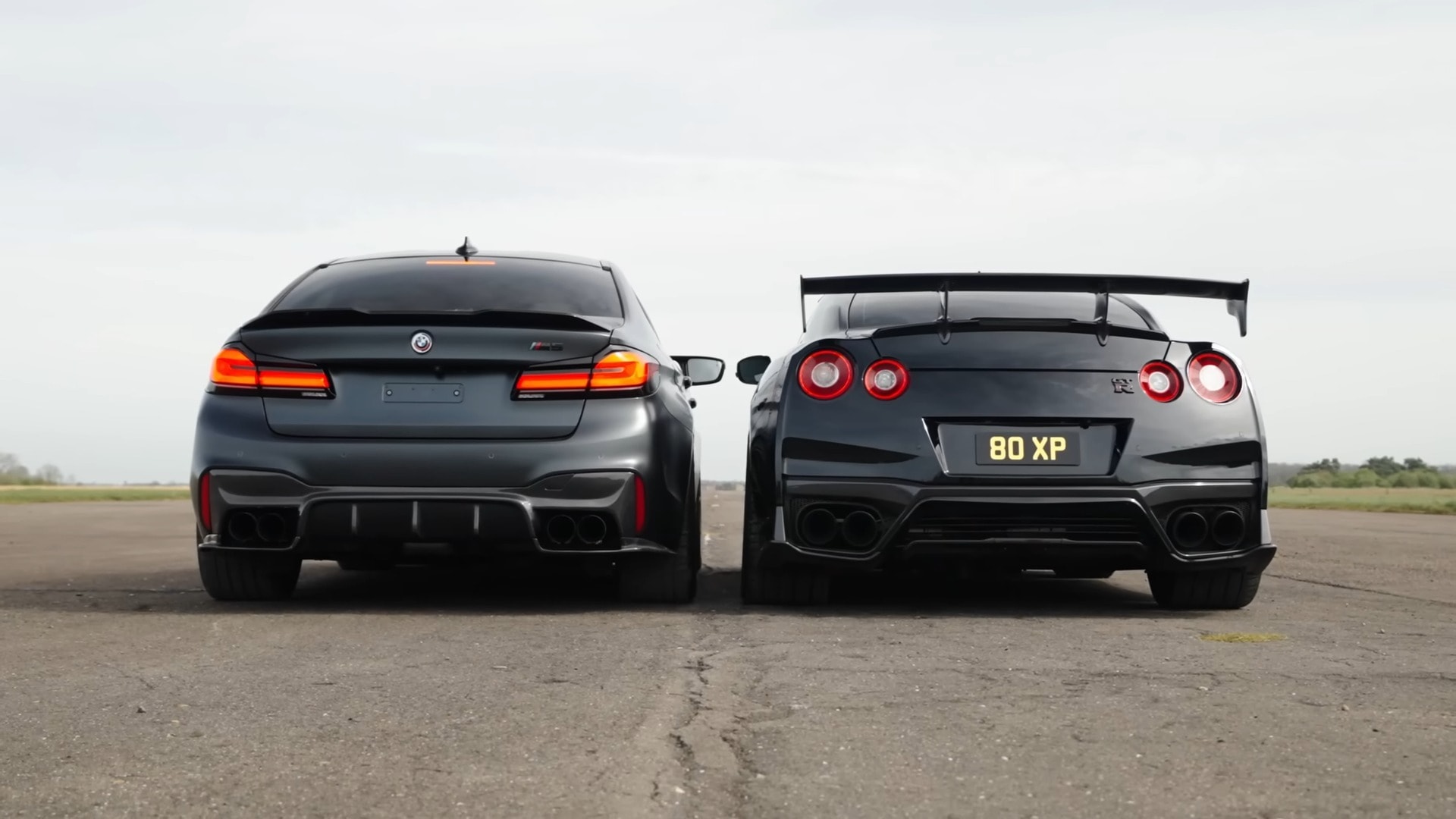Nissan made a significant impact on the automotive scene with the introduction of the GT-R nameplate. Initially emerging as a sportier version of the Skyline and later evolving into a standalone model, the GT-R contained the perfect blend of affordability, high performance, and extensive tuning potential.
While not everyone requires such capabilities, there exists a segment of enthusiasts who gauge their passion in terms of horsepower, displaying discernment even within the area of automotive competition.
For these enthusiasts, racing takes on various forms: drag races, street showdowns, track battles, and everything in between. They are willing to invest heavily in their vehicles, fine-tuning every aspect to gain even the slightest advantage over their competitors.

Nissan, alongside its team of engineers, unleashed the GT-R into this arena, quickly proving itself as a formidable contender. The message was clear: if you can’t outpace them, try again. Hailing from the Land of the Rising Sun, Nissan’s GT-R posed a direct challenge to iconic European rivals.
Germany, with its rich automotive heritage, couldn’t ignore the gauntlet thrown down by the GT-R. The response was swift, with German manufacturers rising to the challenge. However, amidst the competition, other automakers, like BMW, showcased a unique approach. Despite the rivalry between BMW and Porsche, the former maintained a subtle sense of humor, which is evident in the nomenclature of models like the M5.
Ultimately, the battle between the BMW M5 and the Nissan GT-R transcended mere horsepower figures. It underscored the intricate interplay between engineering, technology, and human expertise, reminding enthusiasts that victory often hinges on a combination of factors beyond raw power. Whether it’s the subtle humor of BMW or the brute force of the GT-R, each vehicle brings its charm to the ever-evolving world of automotive performance.

